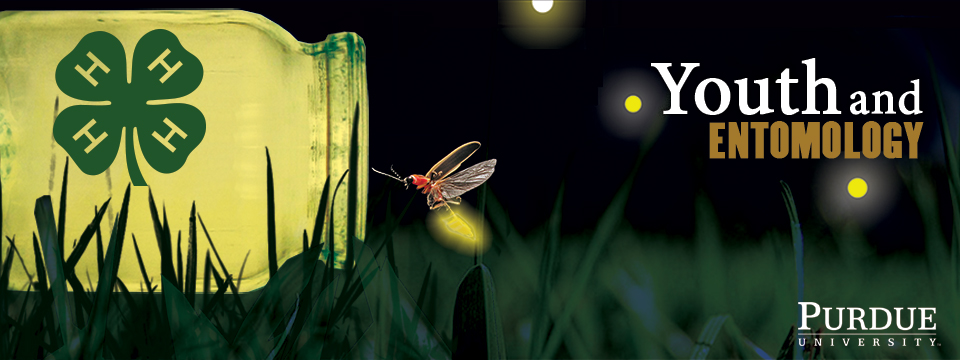

|
|
Indian Meal Moth damage
(John Obermeyer, Purdue University) |
|
Common Name: Indian Meal Moth - damage
See also: adult | larva Scientific Name: Pyralidae: Plodia interpunctella Status: pest of stored food products, grains or pantry foods Damaging Stage: caterpillar Injury: Larval feeding is usually restricted to the top 1 or 2 inches in grain stores. Smaller larvae feed on finer materials within the grain, and larger larvae feed on the grain germ itself. As the larvae mature, they leave behind silken threads that bind to food particles. This webbing is often what attracts attention, either in stored grains or stored pantry foods. Action Threshold: In stored grains, feeding by this moth reduces product dry weight and diminishes value. Action thresholds depend upon the type of grain and its value. In homes, any loosely sealed or thinly wrapped food product that has remained in a cupboard for long periods is most susceptible. The presence of any moth or stage is cause for action. Food products that are infested should be discarded immediately and intense inspections and treatments must begin. Management: Good sanitation practices are the best way to control Indian meal moth populations. This involves removing old infested products and thoroughly cleaning all containers before new product is added. This is true for farm stored grains or for infestations in homes or pantries. Chemical controls should only be used in a case of extreme infestation. In homes, foods stored in re-sealable plastic containers are safe from Indian meal moth infestations. |
 |
||||||||||||||||
|
|
|||||||||||||||
|
Purdue Extension Entomology, 901 West State Street, West Lafayette, IN 47907 USA, (765) 494-4554 Department of Entomology | College of Agriculture | Extension © Purdue University | An equal access/equal opportunity university | Integrity Statement | Copyright Complaints | Maintained by ENTM IT Trouble with this page? Disability-related accessibility issue? Please contact us at entmwebmaster@purdue.edu so we can help. | ||||||||||||||||
